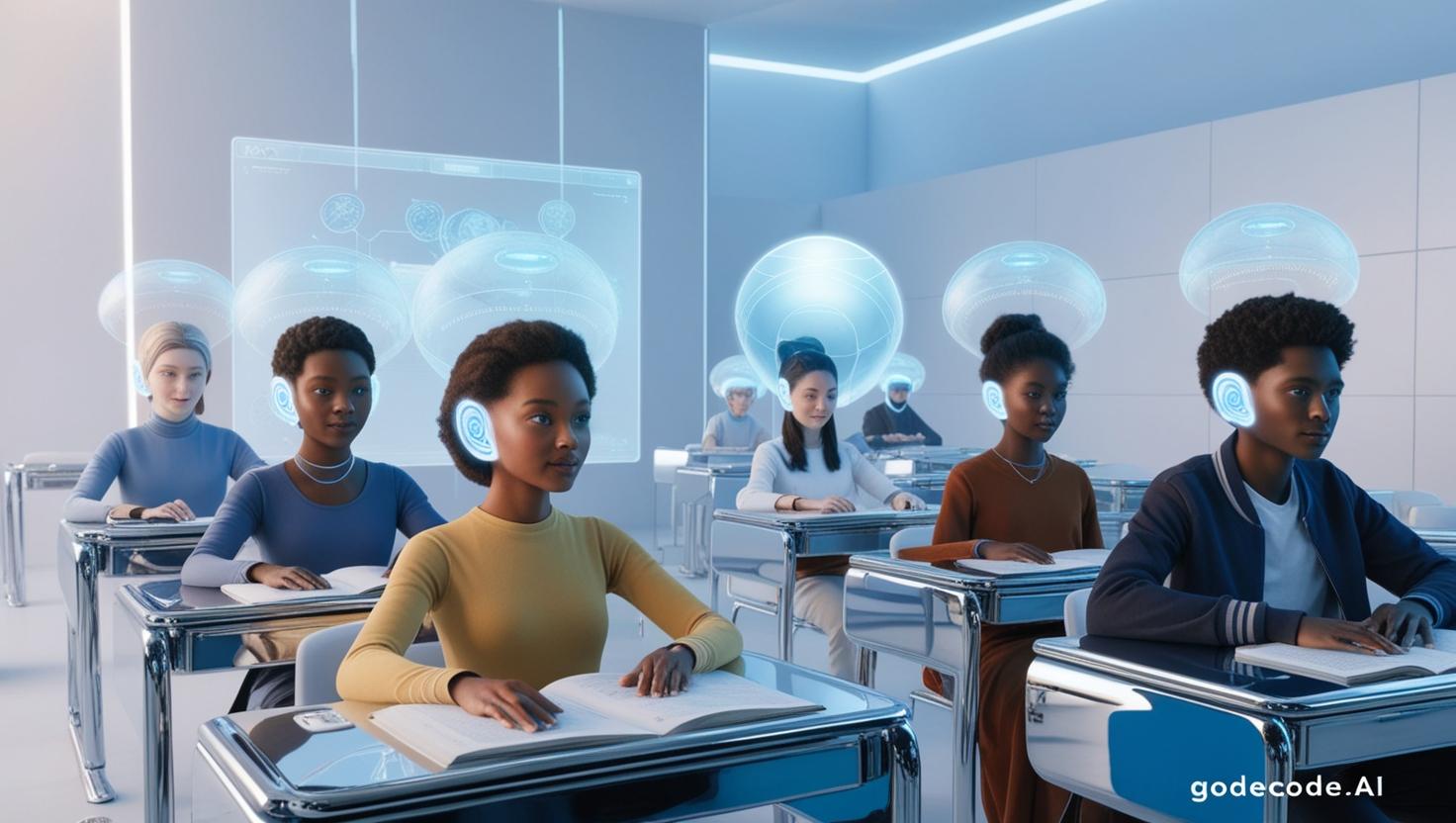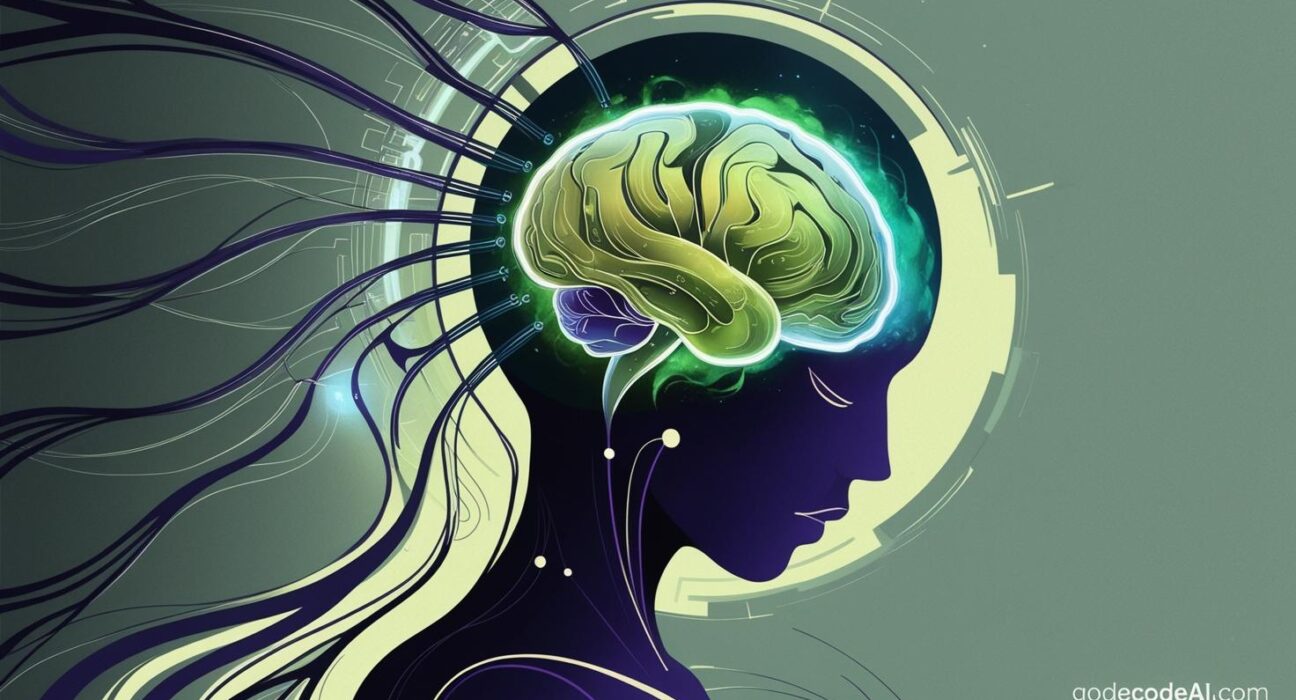Introduction: From Science Fiction to Implants
A decade ago, the idea of merging our brains with AI sounded like Black Mirror territory.
Today, it’s science on the verge of commercialization.
Startups like Neuralink, Synchron, and Precision Neuroscience are racing to implant brain-computer interfaces (BCIs) that could:
- Cure paralysis
- Treat mental illness
- And yes—augment human intelligence
But what does that actually mean?
And how close are we to thinking at the speed of AI?
Let’s break it down: the promise, the science, the risks—and the uncomfortable truths.
2. What Are Brain Chips, Really?
“Brain chips” refer to neural implants—tiny devices embedded in the brain that:
- Read neural signals (output from the brain)
- Write information back (input into the brain)
- Communicate wirelessly with external devices
In short: they act as a bridge between the human mind and machines.
The formal term is Brain-Computer Interface (BCI).
While early BCIs helped paralyzed patients move robotic arms, the next wave is aimed at cognitive enhancement—not just restoration.
3. Meet the Players: Who’s Building This Future?

🧠 Neuralink (Elon Musk’s Company)
- Uses flexible threads thinner than human hair
- First human trial implant in 2024 (patient can control cursor with thoughts)
- Long-term goal: merge with AI to avoid “human obsolescence”
🧠 Synchron
- Minimally invasive BCI (inserted via blood vessels, not brain surgery)
- Already implanted in human patients
- Focused on helping ALS patients regain communication
🧠 Precision Neuroscience
- Founded by Neuralink co-founder
- Targets safer, reversible implants
- Promotes cognitive applications over just medical
Big Tech isn’t far behind. Meta is investing in neural wristbands. Apple is rumored to be quietly researching neural interfaces.
This isn’t fringe anymore. It’s mainstream R&D.
4. How Does AI Enhance These Brain Chips?
BCIs by themselves are hardware. But without AI, they’re dumb.
AI turns messy brain data into usable outputs.
It helps:
- Decode neural signals with machine learning
- Predict user intent in real time
- Provide adaptive feedback (e.g., adjusting stimulation patterns)
- Eventually, inject knowledge, memories, or languages via pattern recognition
Imagine learning a new language without studying—just syncing your neural activity to a trained AI model.
That’s the theoretical endgame.
5. What’s Already Possible in 2025?
Here’s what’s real—today:
✅ A paralyzed man controlling a smartphone with his mind
✅ ALS patients typing emails and banking via BCI
✅ Monkeys playing Pong using thought (Neuralink demo)
✅ AI decoding 80%+ of speech directly from brainwaves (University of Texas study)
All in the last 24 months.
We’re not downloading Kung Fu like in The Matrix yet.
But we’re laying the pipes.
6. The Ethical Minefield: Where It Gets Complicated

With great power comes… a ton of red flags:
⚠️ Privacy: If your thoughts can be read, who owns that data?
⚠️ Security: Can implants be hacked? Yes. And the consequences are terrifying.
⚠️ Inequality: Who gets access? Will brain upgrades become a new class divide?
⚠️ Consent: What if employers or governments begin to require neural enhancements?
These aren’t hypotheticals. They’re active debates in neuroscience, bioethics, and AI policy circles.
7. My Perspective: Augmentation Is Inevitable (But Must Be Human-Centric)
Here’s my take:
The convergence of AI and neural interfaces will redefine human potential.
Not in 100 years. In our lifetime.
But we need boundaries. We need ethics embedded into the tech stack. And we need to keep human agency at the center of this evolution.
AI should enhance consciousness—not override it.
Because once you plug your brain into a network, the line between self and system blurs. Forever.
8. So, When Will AI Brain Chips Go Mainstream?

We’re still in early innings. Here’s a rough timeline:
| Phase | Timeline | Capabilities |
|---|---|---|
| Medical BCI | 2023–2026 | Thought-based cursor control, speech decoding, motor aid |
| Consumer Trials | 2026–2030 | Memory recall, emotion regulation, simple enhancement |
| Augmented Intelligence | 2030+ | Language injection, AI thought assistants, real-time computation |
The inflection point? Likely 2030, when surgical risk drops and benefits rise.
Early adopters will be tech pioneers and neurotherapy patients. Then students, soldiers, creatives, and beyond.
FAQs
Q: Can these chips really make us smarter?
Yes, theoretically. By offloading memory, enhancing focus, or syncing with AI processors—brain chips could dramatically boost intelligence.
Q: Will it hurt to get one?
Minimally invasive versions (like Synchron’s) don’t require open-brain surgery. But any implant carries risks—bleeding, infection, and more.
Q: Can it be removed later?
Some devices are designed to be reversible. Others (like Neuralink) are more permanent, though the tech is evolving rapidly.
Q: Is there a risk of mind control?
Theoretically, yes. “Write” capabilities could influence thoughts or mood. That’s why oversight, consent, and transparency are critical.
9. Conclusion: Welcome to the Post-Human Frontier
We’re not just building smarter machines anymore.
We’re starting to build smarter humans.
AI + brain chips could cure, elevate, and evolve us—or control, divide, and diminish us.
The question isn’t if this future is coming.
It’s how we’ll shape it.
As always, technology is neutral.
It’s up to us to make it liberating, not enslaving.






